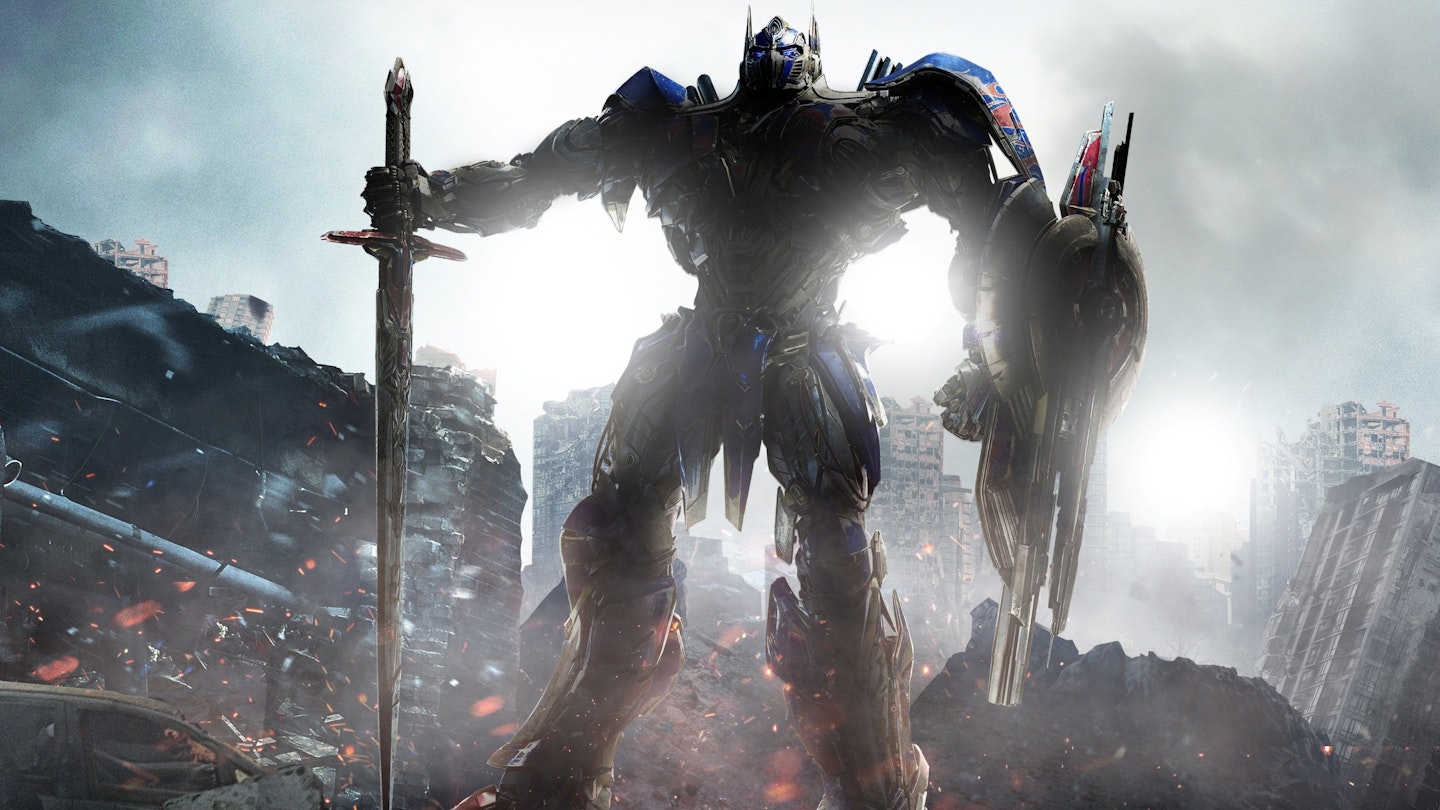This is an online-exclusive interview, taken from a more extensive Transformers feature; for more, pick up the latest issue of Empire magazine, on sale now.
Ian Bryce’s office, on the Paramount lot in Los Angeles, practically – no, literally – smells of history. In the 1940s, this was Humphrey Bogart’s office, and the first thing he did to the place was have a small bar installed. And here it remains – purely as a tribute, Bryce promises – the spirits are untouched. Elvis Presley inherited the office next, getting the room extended – presumably to practice some hip-wiggling – and after he left, it belonged to Ronald Reagan. One can only imagine the partying these walls have seen.
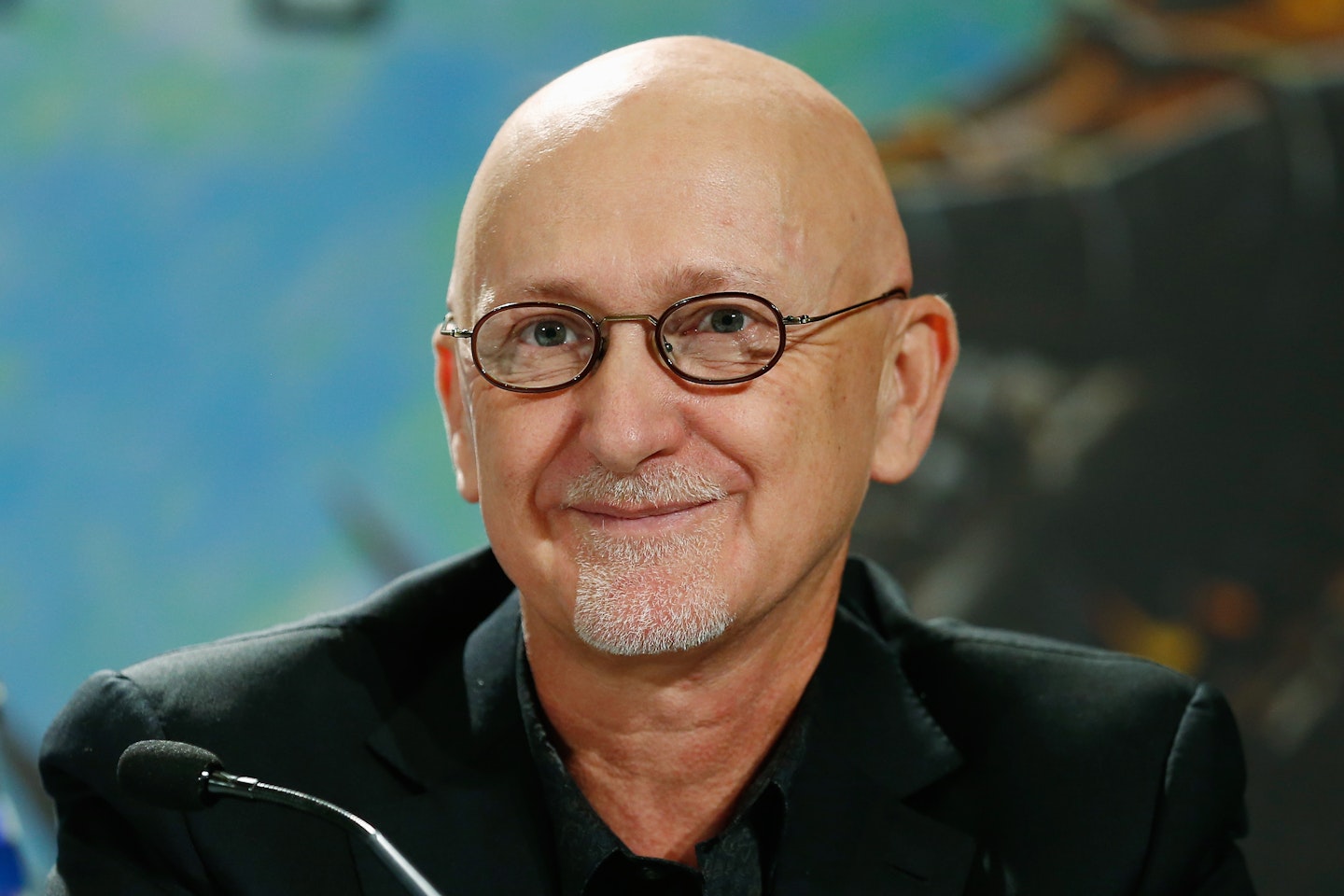
Today it’s probably more subdued. British-born Bryce began his career in 1983, as a production assistant on Return of The Jedi, and he regales Empire with stories of the various absurd situations he found himself in, from hiding in the bowels of the sarlacc pit, prodding the gaping creature’s mouth lips with a broomstick as stuntmen tumbled in, to “Ewok wrangling.” Which involved… wrangling Ewoks? “Well they needed someone to take care of them, and nobody else wanted the job,” he says. “It was miserable in those fur suits for those little fellas. But I was their buddy, I took care of them.” His next gig was second assistant director on Indiana Jones And The Temple Of Doom, and since then he’s produced various blockbusters, from Spider-Man to Saving Private Ryan, and all of Michael Bay’s Transformers films. Here he tells us about wrangling Bay on the latest instalment.
How would you describe what you do with Michael?
It’s sort of my job to help guide him and show him how we can get there efficiently. But he’s got a really good tummy himself. He knows what his day is and then I help manage the big picture for him and figure out how to get him from one place to the other, getting through it on time. Mike is prodigiously fast. The minute he arrives he starts shooting and he doesn’t stop until he goes home. For the size of movie and the scope and scale of the movie, our schedules are very competitive.
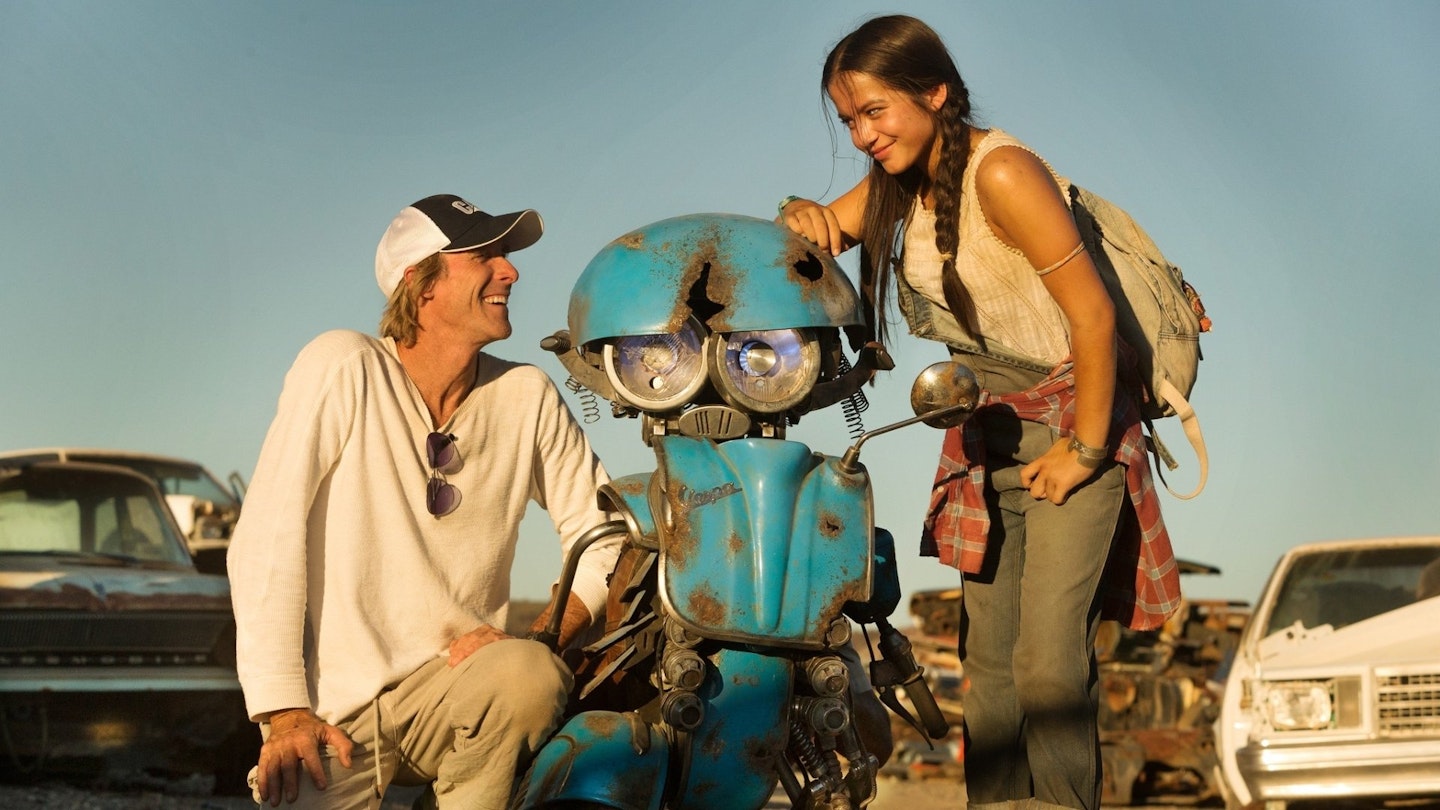
With every film Michael seems to shoot somewhere people haven’t shot before. You shot on the Pyramids on Revenge Of The Fallen, apparently the first time in 30 years a production had been there.
We were the first western film ever to be allowed to film on the Pyramids. We were the first movie probably in the 30 years to be allowed at the Pyramids, but they also let us be on them as well. We got to climb up there very carefully, we’re very very respectful about locations. Our general rule is we want to leave with an invitation to come back, not having wrecked anybody else’s invitation to come there also.
It’s a responsibility, you’re representing a country as well as a film.
We shot right outside the front door of 10 Downing Street.
Yeah we’re representing an industry and a country and a way of working. For us it’s critically important that we take care of locations. We’ve shot at the Pentagon, areas that we were told wouldn’t be allowed, and we were able to work it out with great care with the Department of Defense. We’ve shot at the monastery at the top of Petra, which nobody had filmed at before. We’ve shot at the military cemetery at Normandy. The launch pad at Cape Canaveral with the Discovery sitting there ready to go.
Michael said he thinks The Last Knight might have been the first production to shoot at Downing Street.
Yeah. Theresa May just reopened its availability for filming, we were literally the first ones in there. We shot right outside the front door. That scene is real.
How was it dealing with them?
Our timing was quite serendipitous, because they were on the edge when we made our first approach, they said, ‘I don’t think so,’ and then she got into power and changed the rules and said, ‘I think we should be open to filming,’ because she knew about our request, and it got turned around within a several week period. So we got invited to go back and talk about what the scene would be. It was a dialogue scene with a lot of fun in it, with Anthony Hopkins’ character. We were in and out in 45 minutes.
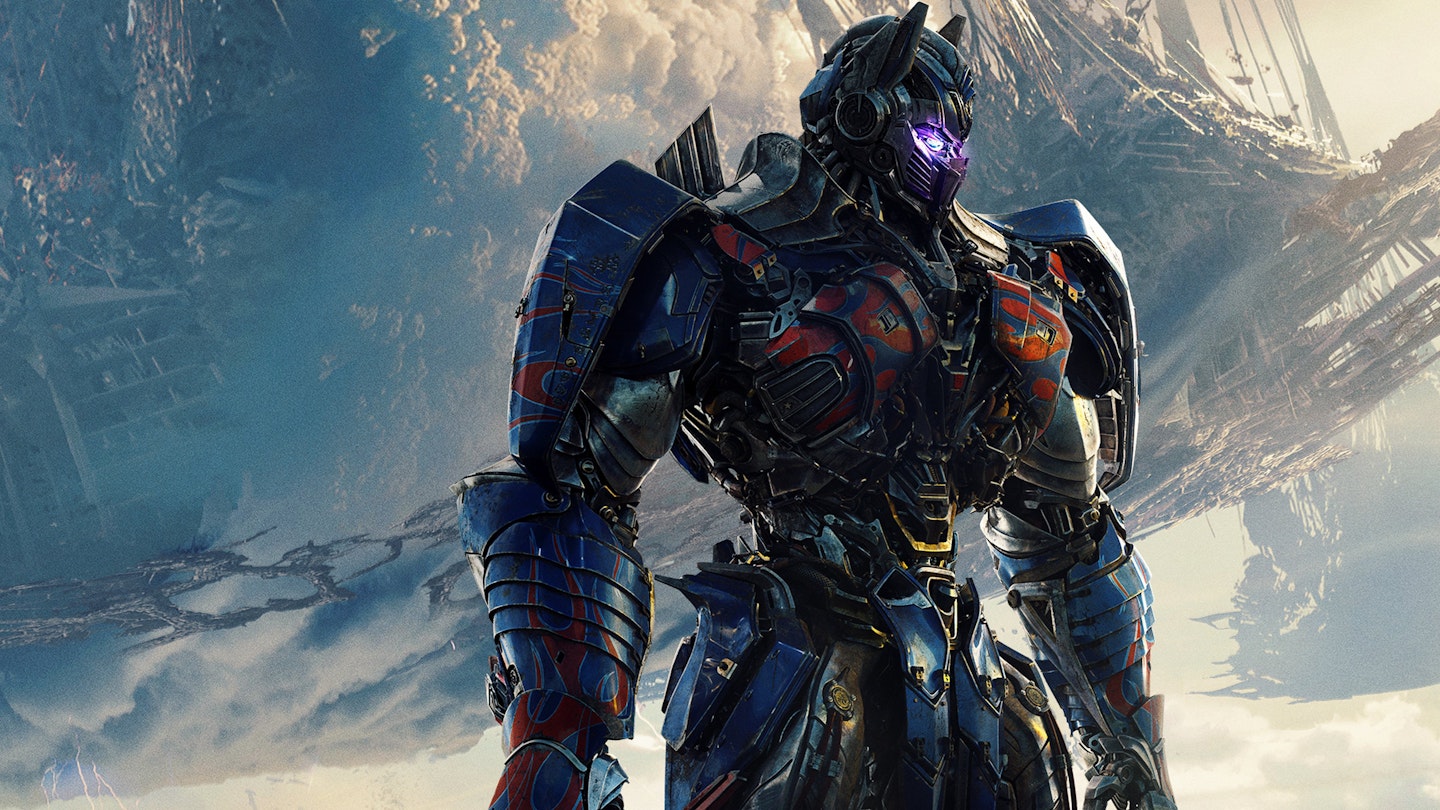
How was Blenheim? That got some controversial coverage in the papers.
It was great. We’re not the first people to go there by any means. But our scene did inject a bit of controversy in the press the next day because of the Nazi portion of the scene. I think eventually when people see the film they’ll realise that what happened there was the good guys winning against the Nazis. I think eventually all the talk about it being offensive to Winston Churchill’s memory, one hopes that Winston might have a little chuckle about it.
There was a quote from Churchill’s grandson saying they always ‘find some wretched veteran’ who’s got an opposing point of view, and that nobody knows what his grandfather would have thought.
Yeah, I think that’s true, and certainly we respect everybody’s individual opinion, and we have so much respect for veterans. We’re probably one of the biggest movie employer of veterans.
In what respect?
We use a lot of Navy SEALs and ex-Marines and rangers, soldiers or special forces within the movie. That’s always our first stop, where we go looking for those. One of SEAL Team 2 is our military advisor. We know all those guys and we’re very very respectful and appreciative of their service. Mike and I are very supportive of our military, and we think it’s the right thing to do to inject as many jobs as we can into that area, and we do that.
Did doing it in IMAX 3D present difficulties? Michael’s talked about strapping two of those cameras together. I don’t know if he means literally.
Well, yeah, it’s a bit more than that, but that’s the general idea. It’s a rig that they put together. It’s a very professional rig, it’s not…
Not gaffer tape.
No, there’s no tape involved! I think that’s a colloquialism he’s using. There’s an IMAX 3D rig that’s been created and we use that a lot. It’s a cumbersome rig but he loves it but it was very functional an it was very versatile, we could use it on a lot of different crane rigs. It is heavy. So it’s got some limitations. But he designed a lot of the sequences to be shown to the audience in IMAX 3D so we used it a lot. And then we shot a lot of other stuff in regular 3D. A couple of REDs put together.
How have the Bay explosions been on this one?
We jammed a lot of stuff into [the Arthurian battle] with horse stunts and archers and fire and spinning balls...
He’s got new scale of story and character in this one. It’s a bit different this time because I think some of what Mike is known for is what we call spitting metal, cars being ratcheted. There’s quite a bit less of that this time. There’s definitely some car stuff, but we’re probably a bit less focused on that this time. He’s moved his action into a different place. The knights battle at the beginning is utterly different, we’ve never done that before. The third act stuff, there’s something physically happening within our planetary system that has not been seen before to the extent that we’re doing it. There are aerial elements, ground elements, underwater elements. It’s visually new.
What was it like working on the Arthurian battle?
It was really fun actually, because neither one of us had done it. If you’re fans of movies like Gladiator, The Longest Day, any period battle sequences... The trick for us was to figure out how to give it the scale that the movie deserved and fitted in a financial box that was necessary. We made the battle quite a bit bigger than originally intended, just because we felt that being part of the opening sequence of the movie we really needed to grab the audience’s attention. It was shot in three days but we jammed a lot of stuff into that sequence with horse stunts and archers and fire and spinning balls, the trebuchet. We got a lot in there.
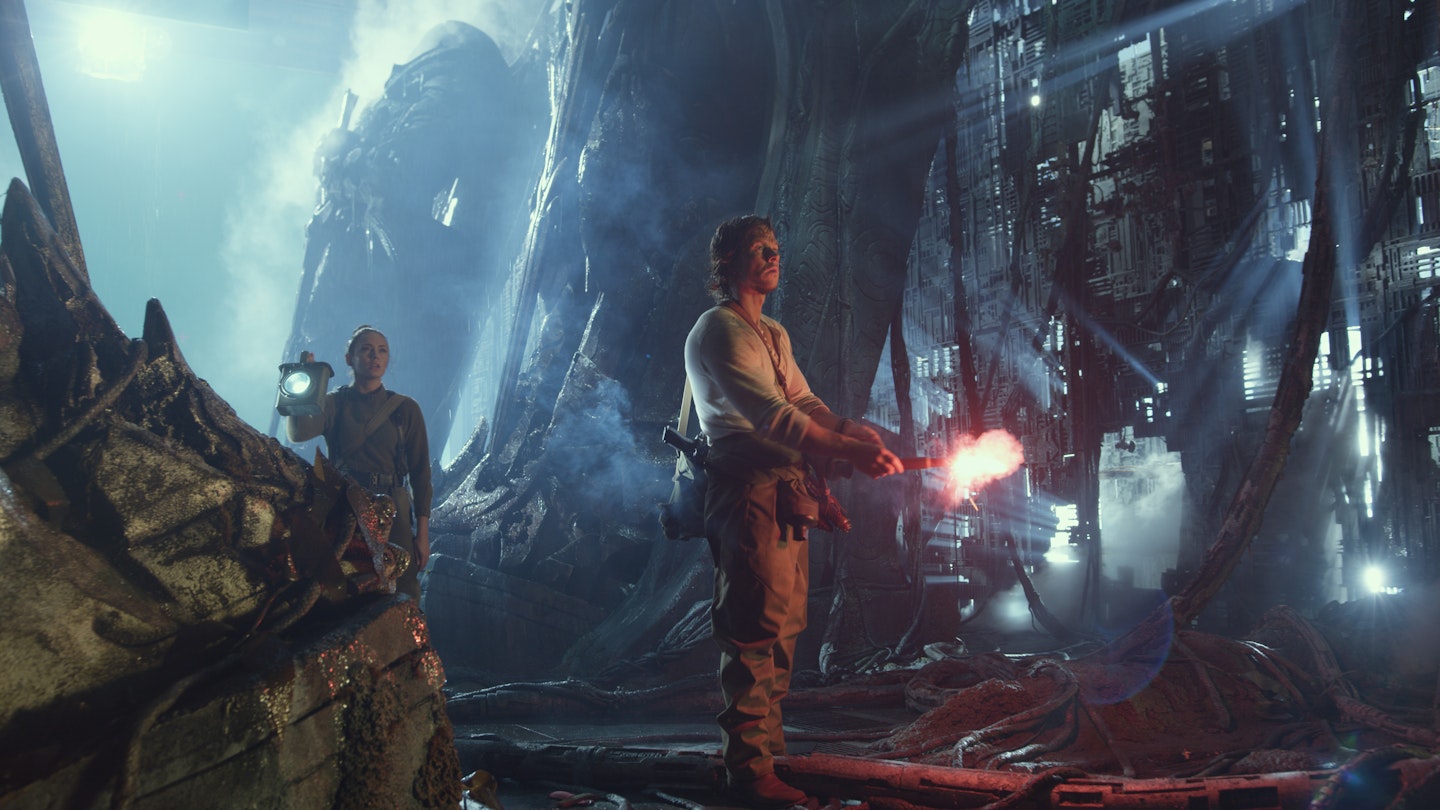
Is there a trick to making that sort of battle different to things we’ve seen before?
In Mike’s case he brings his own ingenuity and style to it. Other movies have done it and done it well, so we wanted to have our version of that. It’s a different period. We shot it in the same exact location that Gladiator did its battle sequence, Bourne Woods.
For that reason?
No, because there’s a limit to the locations where you can do that kind of action. There’s a lot of flora and fauna restrictions and stuff like that, and England is very good at protecting its nature that way. This was one particular area where we could do what we needed to dress the set and have fire and bombs and explosions. And yet within that set there were a couple of areas that we couldn’t go near, because of certain animals, so you have to cordon that whole area off.
Was there anything particularly challenging for you on this shoot?
I wasn’t available at the beginning, so there was somebody else. I came onto it five weeks before shooting, so the prep for me and my team at that point was exacting. There was very little time to get him ready to shoot five weeks later. We got it together. Getting the budget and schedule and locations figured out was quite a challenge. One of our operational MOs is we get there and we shoot. We don’t get there and take three days off and go scouting, that drives Mike mad. He’s really good about picking locations from photos. So there was a lot of data to get him through.
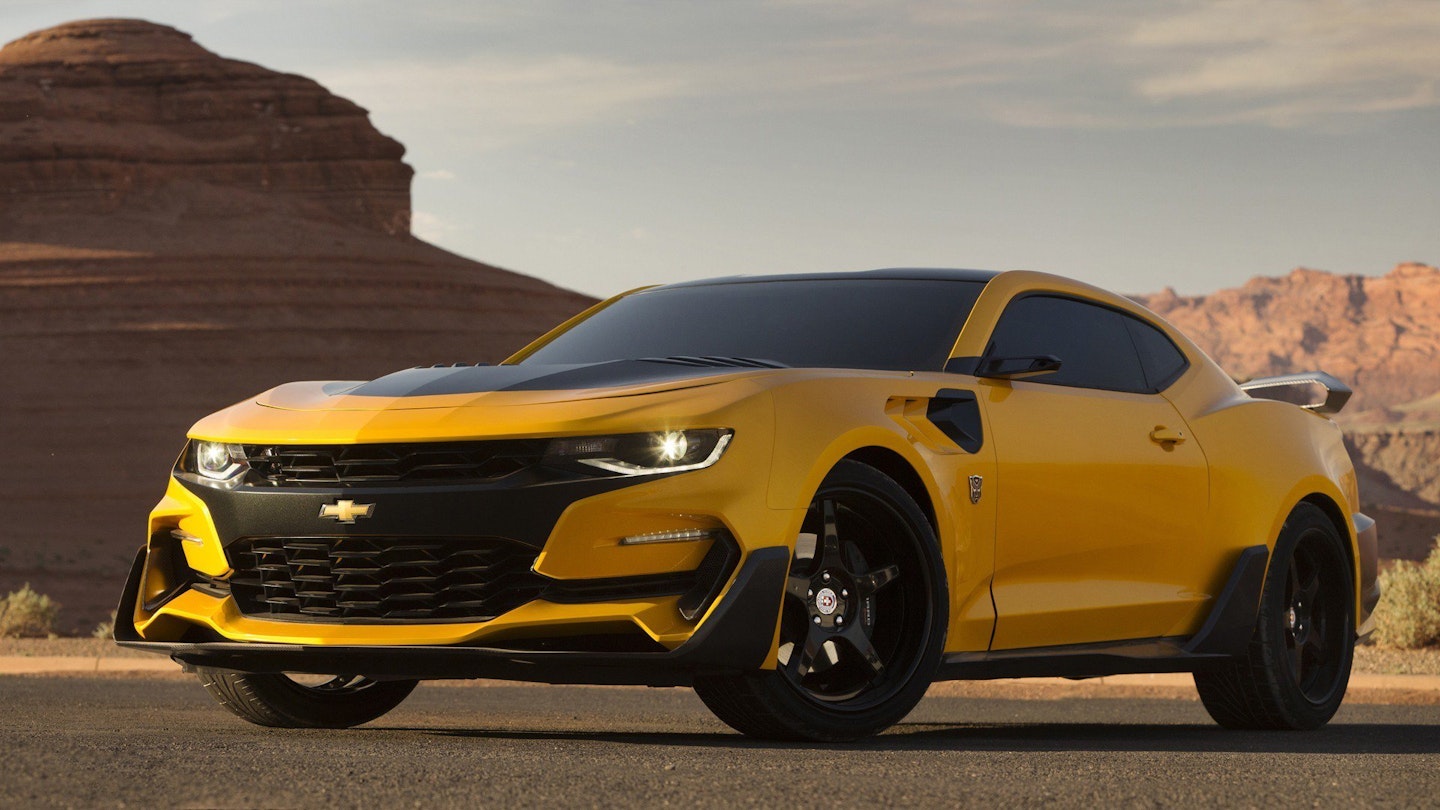
What are your thoughts on how this Transformers universe is opening up and spiralling out?
The Bumblebee spin-off is scheduled to shoot this summer and release next year. The conceiving of it was done previously, back in the writers room, so now they’re beginning to execute that. I think each one is somewhat reliant on the last one. If this movie is well received then you make that judgement when the movie comes out and push to the next movie. It’s been that way throughout the franchise, we never really committed to the next one until the last one came out and we saw what happened. We’ve taken a one step at a time approach, trying to be faithful to the audience. If they still love it, we keep doing it.
Transformers: The Last Knight is in cinemas from 22 June. For more from Michael Bay and the Transformers team, read the full feature in the latest issue of Empire magazine, on sale now.
